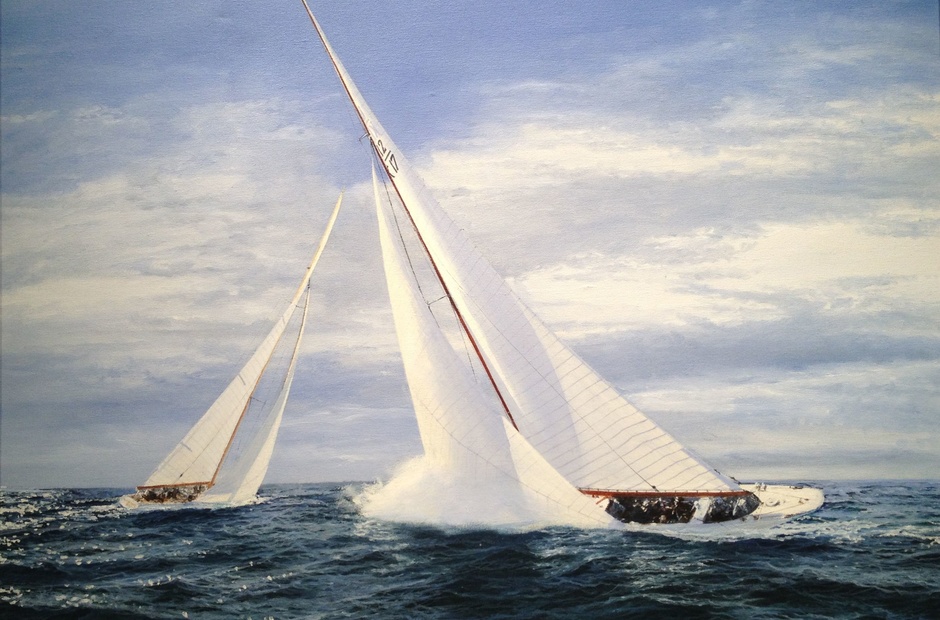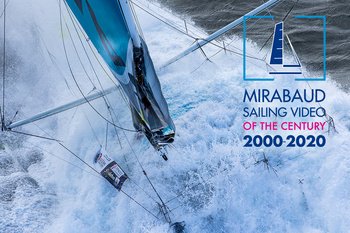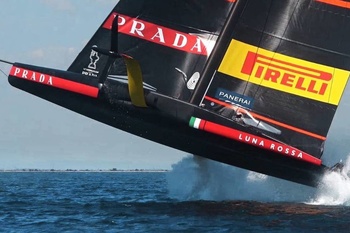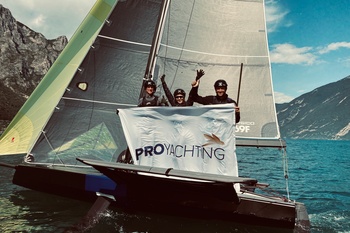Sailing has many different classes and disciplines, but nothing embodies the quintessence of wrestling like match racing. A match race is a fight between two teams on the same boats. Like in a boxing match or a duel, the result can only be a victory or a defeat, and there is no third here.
The sails of the boats in close quarters resemble the crossed swords of the fencers.
Because of the tactical features of racing, where there are only two boats, the match is held in very close contact. Match Race requires maximum playfulness and concentration from all team members, as well as a lot of coolness and a little healthy aggression from the helmsman.
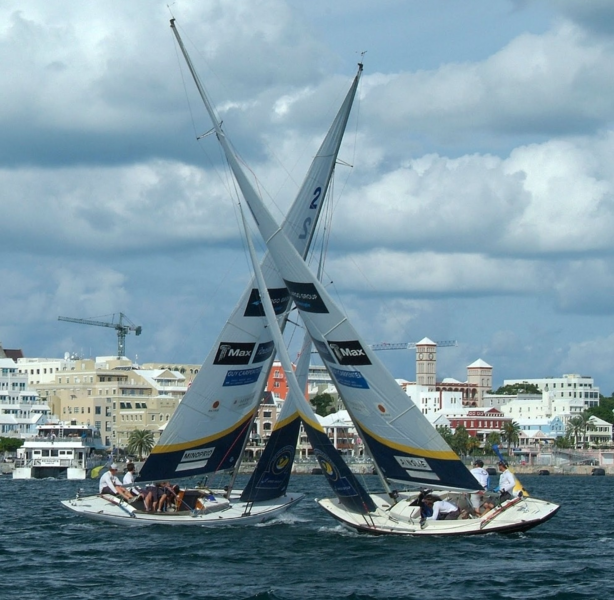
Features of match races
There are only two boats in each race. The winner gets one point, the loser gets zero. If there are several teams in the regatta, all of them are divided into individual matches. First, there is one or more round-robins - that is, all participants must race with each other in a circular system. The results of the round-robin determine the leaders, who hold semifinal and final matches in playoff mode. In the playoff stage, as a rule, there are several races between participants, for example, up to two or three victories.
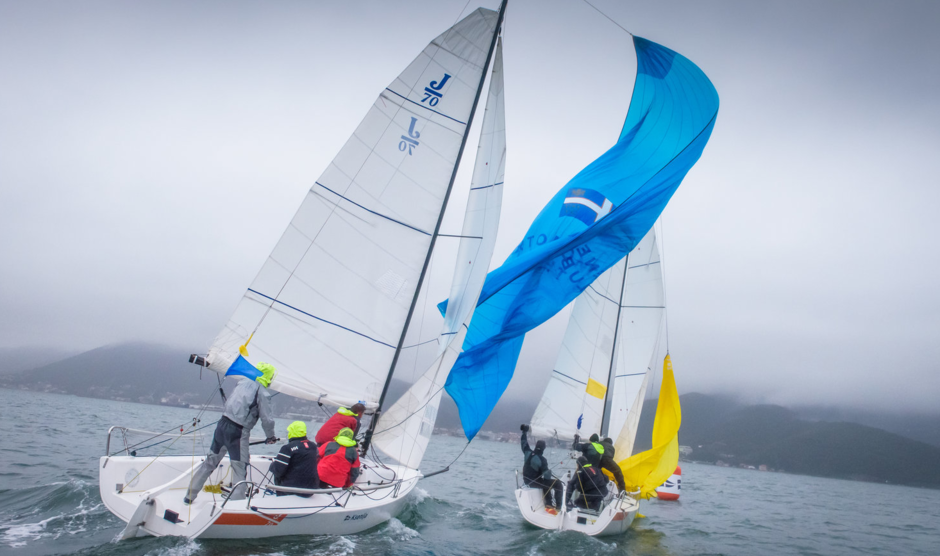
Naturally, a full-fledged fight is only possible if everyone races the same boats. For match-racing, as a rule, keel boats with a crew of four or more people are chosen, which are sufficiently manoeuvrable and well dispatched.
An important point of racing is the presence of umpires for real-time refereeing in the water. Umpires are special judges who accompany each pair of boats that are racing. Their task is to analyze the protest of the participants and assign (or not assign) a penalty during the race. A penalty may be awarded, for example, for failure to grant road» «rights or other violation of the rules. In order to get a penalty («acquittance»), it is necessary to make a U-turn of 270 degrees at any moment of the race to the finish line.
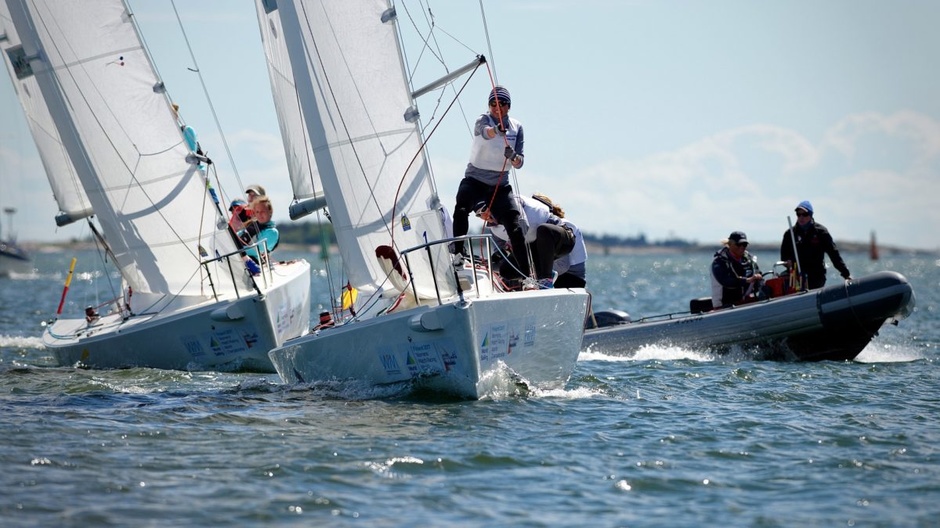
Forcing the opponent to make a mistake and «putting» a penalty on him is one of the key «chips of the» match race.
More information about the penalty system is described in this video.

There are some nuances in the starting procedure as well. A winning start is usually an 80% winning race. Since one side of the course is always preferred, the procedure is divided into two phases: the entrance to the start area, which has two minutes, and the start procedure itself. All this is clearly shown in the following video.

The distance as a whole is the same two loops familiar to everyone. The only difference is that on a match-race it is usually the right distance, not the left one, in order to make the fight on the upper sign circle more interesting.
However, there is a fundamental difference in match-race tactics in relation to the fleet races. To win a fleet race, you need to come first among all the participating boats, so athletes usually want to get a clean wind and break away from all the others. In a match-race you only need to «»bypass a single opponent and here, on the contrary, trying to break away from him, you risk to bend a gust of wind and stay behind.
Therefore, the best tactics to ensure the best possible victory is «not to break away from the opponent, constantly patronize and control»him.
Here you have to bet not only on speed, but also on cunning: blocking the actions of the opponent, not letting him intercept the advantage. A number of standard BCP rules do not apply in match-raid, in particular, the requirement to follow the proper course, so the tactics allows you to make aggressive attacks against the opponent, forcing him to make a mistake or squeeze him out of the distance.
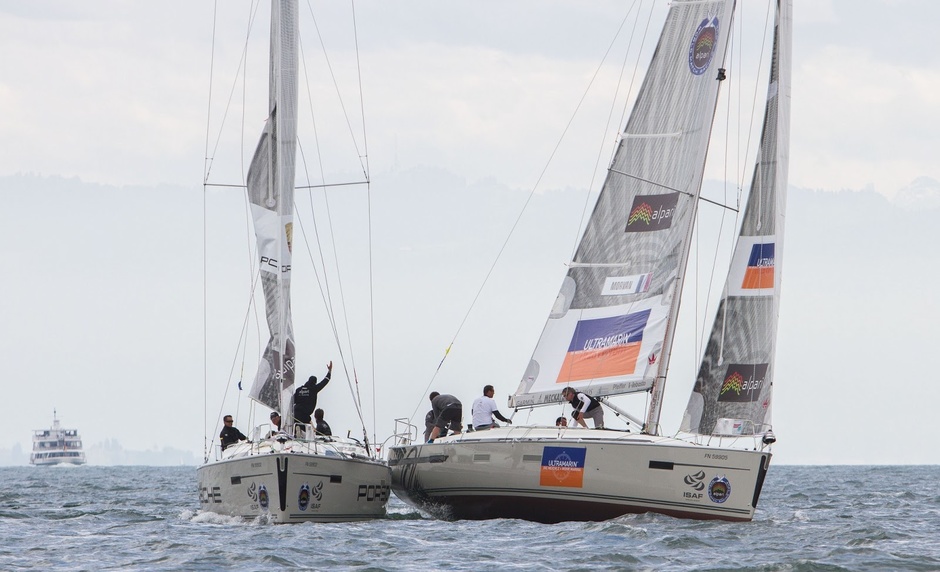
Learn more about the rules and tactics of match racing:
- Selection of video from US Sailing Federation
- A selection of videos from the World Match Racing Tour
- PDF guide to match racing tactics (in English)
Why is a match cruise the coolest sailing race format
- It is in this format that the most prestigious sailing regatta, the «America»'s Cup, has been held for almost 150 years. Nuff said.
- Only here is there an acute tactical struggle in the closest possible contact between the boats. It's more spectacular and understandable than fleet racing.
- A match cruise requires good training and coherence of the crew, as every inch of the boat's position and every moment of maneuvering is important. In addition, the helmsman should know the rules of sailing races well and be able to use them for his own benefit. Nothing pumps sailing skills like a match race!
- The number of maneuvers per race in a match race is two to three times higher than in a fleet race of the same distance, with the races themselves being shorter due to the smaller number of participants. All this adds a lot of dynamism to the overall leisurely sailing competition.
- The resolution of protests and the imposition of penalties takes place immediately on the water, in real time. Which, again, brings the race to life, making it more visible and spectacular.
- Pan or missing! As in any trumpet, there is either a win or a lose. There are no other options. Match Race has a great fighting spirit.
Match race yesterday and today
The history of match racing is inextricably linked to the «America»'s Cup. It is the oldest trophy not only in sailing, but in any professional international sport in general: the first regatta was held in 1851. The legendary phrase was a textbook moment illustrating the philosophy of match racing:
«Ah, Your Majesty, there is no second!»
- in response to Queen Victoria's question about who's second behind America»'s legendary yacht«.
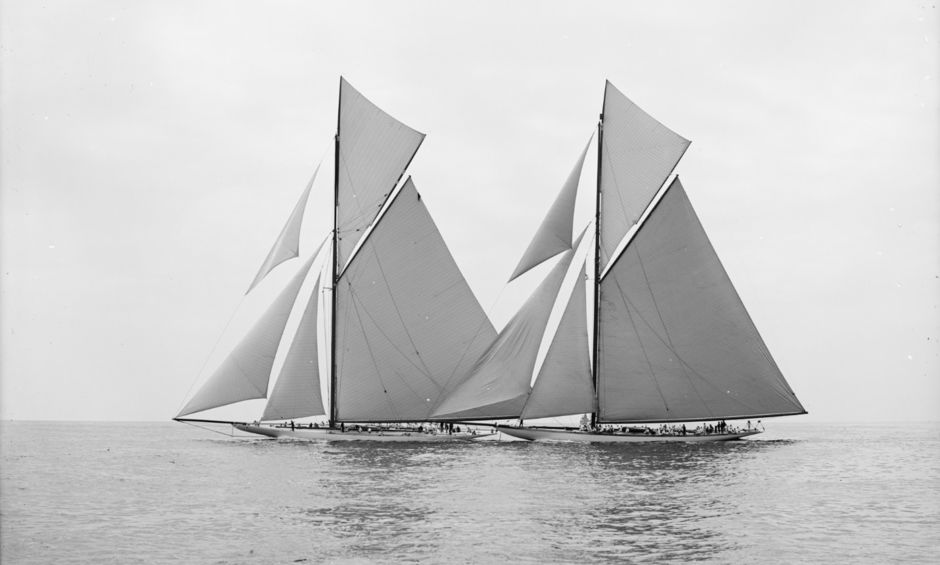
For over 100 years, the Cup was played one-on-one between a defender (Defender) and a challenger (Challenger). Even when there were several contenders, a special qualifying session was held between them in the same format of match races, with round-robins and everything else. This series was later called the Louis Vuitton Cup.

The golden time of match racing at the «America»'s Cup was 1956-1987, when the Cup was played on 12-meter class boats, and also 1992-2007 - during the reign of 90-foot giants IACC (International America's Cup Class). We were able to attend one of the matches aboard the IACC boat and it was unforgettable.
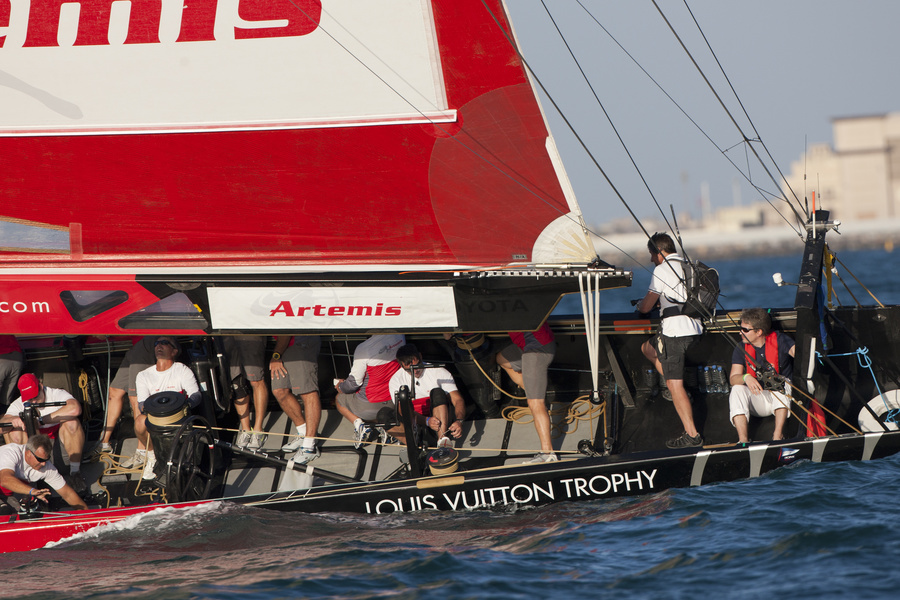
Unfortunately, with the move of the Cup to catamarans, the beauty of purely match-racing moments in it has gone down.
Because of the speed of catamarans too high and the difference between the dynamics of catamarans of different teams, there were very few situations where the boats would have come together. But now that New Zealand is returning the monohull boats to the «America»'s Cup, there is hope that we will again see some spectacular fights in the America's Cup.
An important event in world match races is also a series of WMRT - World Match Racing Tour. It consists of several stages, which are held in different cities around the world. One of its stages has the status of world championship. In 2017 the WMRT qualifying round was held in St. Petersburg.
In 2012 match races for the first time (and so far the only time) were included in the program of the Olympiad. The team of the Russian Ekaterina Skudina took the fourth place in a tense struggle, stopping at a step from the podium.
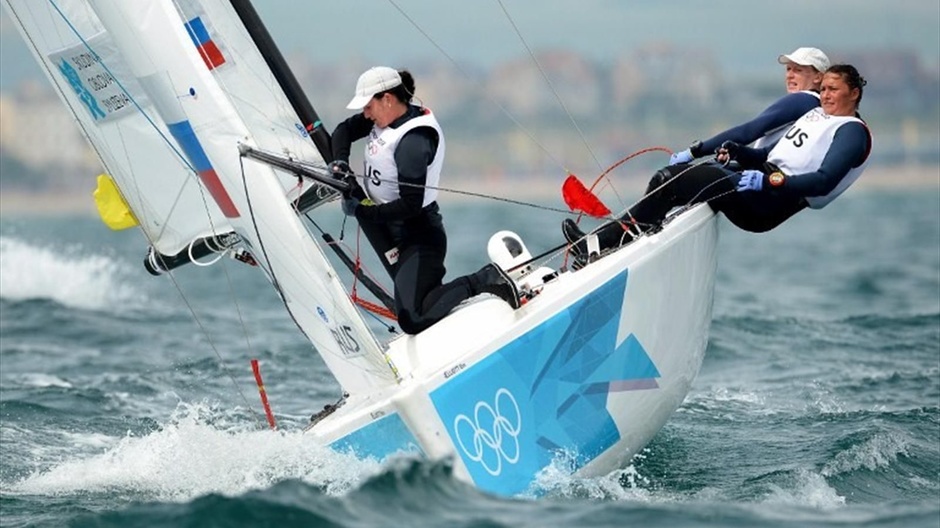
Just the other day (from 13 to 18 August 2018) there was held the World Women's Match Race Championship in Ekaterinburg. In addition, the Yachting_Rus community, founded by Peter Lezhnin, and the Match Racing Club of the «Sailing Academy», are constantly holding match races in Russia today. The latter is the organizer of a series of match races Match Racing Club Tour, one of the stages of which received the status of the championship of Russia.
The Golden Collection.
Below is a selection of videos with some of the best moments of match racing.
- The final match of the «America's Cup» 2007. Swiss team Alinghi against Team New Zealand. Throughout the race the boats go with a minimum gap and finish with a difference of one second.

- A classic match between Jimmy Spithill in the 2007 «America»'s Cup qualifying series. In this race, he drove the Luna Rossa at the pre-start and managed to impose two penalties on BMW Oracle's Chris Dixon. So the race was, by and large, won before the start. After that Chris Dixon left Oracle, and after a while Spithill was invited there. For his aggressive fight on the pre-start, Jimmy earned the nickname «Pitbull» among Italian fans.

- But the exact opposite situation is in the World Match Racing Tour: Taylor Canfield gets two penalties from Chris Steele and still manages to win the race:

- An example of a contact struggle between the boats of Phil Robertson and David Gilmour during the qualifying round of the World Match Racing Tour:

- One of the rare match-racing moments on catamarans during the last «America»'s Cup. In the eighth race, pre-start «king» Jimmy Spithill is hooked by the new Cup star, New Zealand's Peter Burling (see 1:03 minutes).


